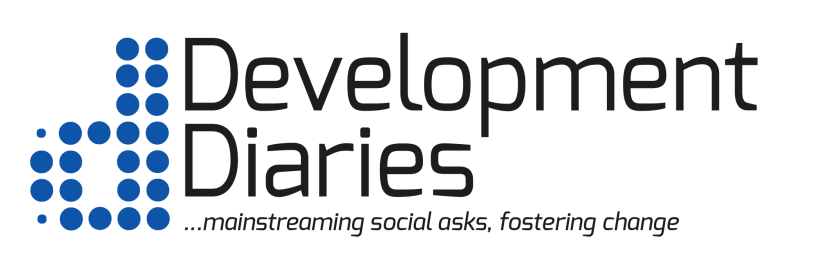The Intergovernmental Authority on Development (IGAD) has called for support for member states in producing reliable and timely data on labour and irregular migration.
IGAD – a composition of Djibouti, Eritrea, Ethiopia, Kenya, Somalia, South Sudan, Sudan and Uganda – made the call in a new report titled IGAD Migration Statistics Report 2021.
It noted that Sudan, Djibouti, Libya, Egypt, Northern Somalia, Kenya, Tanzania, Zambia, and Malawi are the major exit points for migrations.
According to the report, which was published in May 2022, the IGAD region is prone to mixed migration flows that are mainly destined for South Africa, Europe, Saudi Arabia and other Gulf states.
Data collection, according to IGAD, took place from November 2019 to June 2020.
Development Diaries understands that migration and displacement dynamics within the IGAD region are addressed within the IGAD Regional Migration Policy Framework (RMPF).
According to the IGAD report, men account for over half the international migrants in the region, mainly oscillating around 54 percent.
The official data on remittance inflow to the countries of origin in the IGAD region is perceived to be low compared to the actual inflow since some of the migrants utilise informal channels to send money back home, the report revealed.
‘Migration and forced displacement in the IGAD region are driven by many factors – ranging from conflicts, degradation of the environment, disasters, and poverty – that force people to move away in search of safety and economic opportunities, among others’, the report said.
‘Furthermore, the IGAD region has one of the highest concentrations of forcedly displaced populations in the world.
‘At the end of December 2020, there were 8.9 million conflict-related internally displaced persons, 4.6 million refugees and asylum-seekers, and nearly three million people who were newly displaced by disasters.
‘The number of international migrants in the IGAD region has been increasing over the year, from 3.1 million migrants recorded in 2010 to 6.5 million in 2019. This represents an increase of 110.2 percent, translating to an annual growth rate of 7.4 percent’.
The report, in addition to the aforementioned recommendation, called for the increased use of administrative data sources and new data types to produce labour and irregular migration statistics and share relevant good practices across the region.
Photo source: UNICEF Ethiopia




